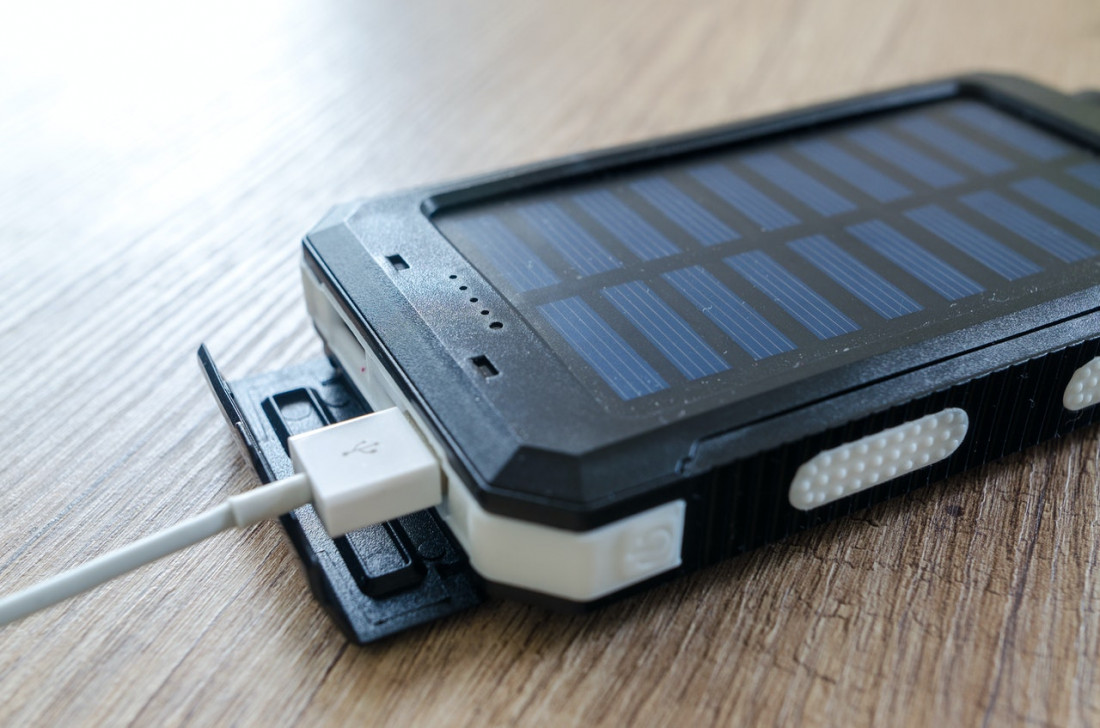Researchers believe they have found a breakthrough nanomaterial that can be applied in making fuel cells perform better. As the new material uses fewer noble metals such as palladium and platinum, the research should also lead to cheaper battery feedstock.
The study was conducted by a team from Washington State University, and was centred on the development of a super low density substance called an aerogel.
Aerogels are solid materials that are sometimes called ‘liquid smoke’ due to the fact that they are more than 90% air. They can often be found in wet suits, fire fighting equipment, paint and windows as they act as excellent insulators, but they are also used in fuel cells as they have a large surface area and are highly porous, making them great for fuel cell catalysts.
As the online journal Phys.org reports, “Researchers introduced copper in the bimetallic system through their new, one-step reduction method to create hydrogel. The hydrogel is the liquid-filled form of aerogel. The liquid component is carefully and completely dried out of the hydrogel to create aerogel.”
The study was published in the journal Advanced Materials, where the production technique was explained as follows, “To accelerate hydrogel formation and further simplify the synthetic procedure, a series of MCu (M = Pd, Pt, and Au) bimetallic aerogels is synthesized from the in situ reduction of metal precursors through enhancement of the gelation kinetics at elevated temperature. Moreover, the resultant PdCu aerogel with ultrathin nanowire networks exhibits excellent electrocatalytic performance toward ethanol oxidation, holding promise in fuel-cell applications.”
By creating bimetallic aerogels using inexpensive copper, the researchers were able to reduce the amount of precious metal needed, thus lowering costs. The use of metals such as platinum and palladium his has been a major design flaw in hydrogen fuel cells, which although offer a ‘promising green energy solution, producing electricity much more efficiently and cleanly than combustion engines’, remain an expensive alternative.
Better still, is the fact that the production method for the aerogel is quicker than normal. As the Washington State University website reports, “They [the researchers] also sped up the time to make the aerogels, which makes them more viable for large-scale production.” Something that is described by research team member and assistant research professor Chengzhou Zhu as, “A great advantage for large scale production.”
With the world in need of ever larger and more powerful fuel cells, this discovery is sure to draw plenty of interest from battery manufacturers and fuel cell feedstock suppliers. This is especially true given that the research has provided not only a better performing battery, but also a cheaper one, that uses less noble metal.
How this will affect platinum or palladium prices is not yet known.

